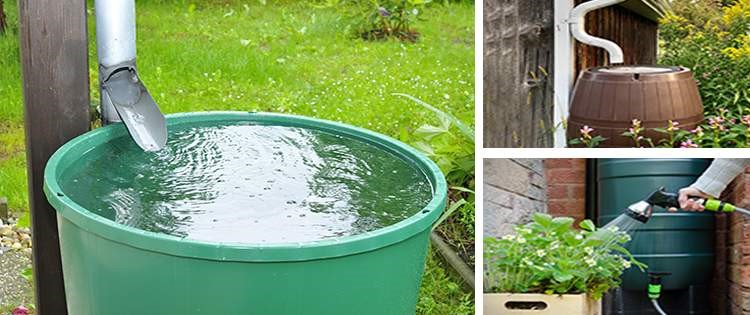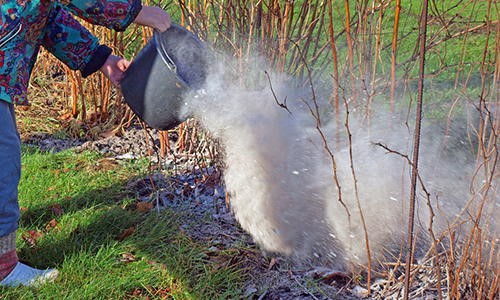Chilli peppers are a popular garden crop to cultivate. They are not only lovely plants that can be cultivated in a variety of sizes, shapes, and colours, but they also contribute spice and flavour to many foods. Growing Chilli peppers can be a profitable and pleasurable experience whether you are a seasoned gardener or just starting out.
We will walk you through the entire process of growing Chilli peppers in your yard, from selecting the correct pepper variety to planting, watering, and fertilising your plants, to harvesting and preserving your Chilli peppers for use in the kitchen. With a little help, you can enjoy a plentiful crop of delicious and hot Chilli peppers to spice up your meals.
A Brief History
Chilli peppers have a long and fascinating history, stretching back thousands of years.
The chilli pepper is thought to have originated in the Americas, where it was first domesticated in Mexico by the Aztecs. It was then spread to other parts of the world by the Spanish and Portuguese during their explorations in the late 15th and 16th centuries.
Chilli peppers have since been cultivated around the world, with different varieties being developed to suit local tastes and climates. In India, for example, chilli peppers are used extensively in many dishes, while in Thailand they are an essential ingredient in many of their famous spicy dishes. In Europe, chillies are becoming increasingly popular as a way to add flavour to dishes.
Today, chilli peppers are grown in many countries, with Mexico still being one of the main producers. They are also grown extensively in India and China, as well as in Central America and South America.
In addition to being used for cooking, chilli peppers can also be used medicinally; they are believed to have anti-inflammatory properties and can even be used to treat pain and reduce fever. They can also be used topically for insect bites and stings.
Chilli peppers can be a great addition to any garden; they are easy to grow and provide a delicious flavour that adds zest to any dish! With careful planning, you can grow your own chilli peppers at home, giving you fresh produce all year round.
Nutritional Benefits
Chilli peppers are a great source of vitamins, minerals and antioxidants.
They are high in vitamin C and beta-carotene, which can help protect against cell damage. They also contain potassium, magnesium, iron and folate. In addition to that, they are low in calories and fat, making them a nutritious and delicious addition to any meal.
Chilli peppers are also rich in capsaicin, the compound that gives them their heat. Studies suggest that capsaicin can help boost metabolism and reduce inflammation. It has also been shown to have anti-cancer properties and may help reduce the risk of certain types of cancer.
When eaten raw, chilli peppers provide a powerful punch of flavor and health benefits. However, when cooked or dried, the flavors become more concentrated and the capsaicin content is increased. This makes chilli peppers a great way to add spice to meals without adding lots of fat or salt.
Adding chilli peppers to your diet is a simple way to increase your nutrient intake and get some extra health benefits. Whether you choose to eat them raw or cooked, chilli peppers are an easy way to add flavor and nutrition to any meal.
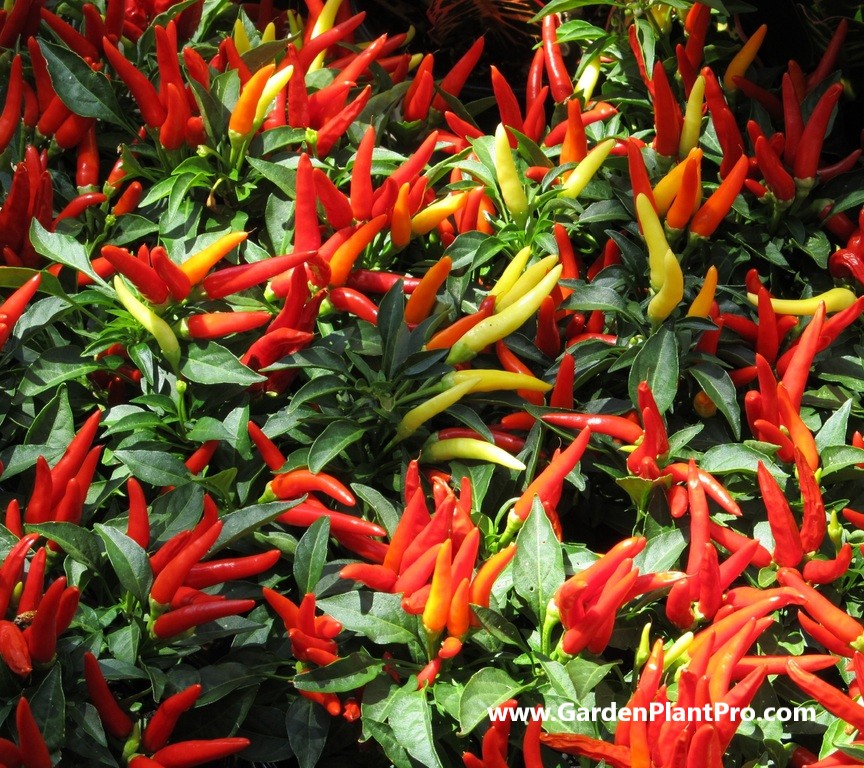
Common Varieties & Their Uses
When it comes to chilli peppers, there is a huge variety of different types available.
From sweet, mild varieties such as Capsicums, to fiery hot varieties like Habaneros and Scotch Bonnets. Each type has its own unique flavour, heat level, shape and colour. Therefore, it’s important to pick the right variety for your tastes and needs.
Capsicums come in a range of colours including green, red, yellow and orange. They are mild in flavour with a sweet taste and low heat level. They are often used raw in salads or cooked in stir-fries and sauces.
Jalapenos are a medium-heat chilli pepper with a green colour when unripe and red when ripe. They have a slightly sweet, smoky flavour with a hint of heat. They can be used raw in salads or salsa and also cooked in sauces, stews and salsas.
Habaneros are one of the hottest chilli peppers available. They have an intense flavour and bright orange colour when ripe. Habaneros are often used as an ingredient in hot sauces or as a spice for adding heat to dishes such as salsas, soups and marinades.
Scotch bonnets have an intense colour when ripe – ranging from yellow to orange to red – and a fruity flavour with very high levels of heat. They are often used as an ingredient for making hot sauces or for adding heat to dishes such as curries and stews.
When choosing which variety of chilli pepper to grow, it’s important to consider your own tastes and needs as well as the climate you’re growing them in. Make sure you prepare the soil properly before planting, feed your plants with fertilizer, water them regularly and harvest when they’re ripe for the picking.
DIY PROJECT: Collect rainwater no matter where you live...
This DIY project is the best way to legally collect rainwater NO MATTER where you live. Get chlorine-free water, cut down on your water bills, and have enough for an emergency situation or to water your garden. Read More Here...
When To Sow
When it comes to sowing chilli peppers, the best time to do so is usually during late winter or early spring. This gives the plants an early start, allowing for a longer and earlier harvest.
When starting off your chilli peppers indoors, it is important to keep them in a warm environment away from draughts. A heated propagator at 18°C (64°F) is ideal for this purpose. Place three seeds into a small pot filled with soil and cover lightly with compost.
Chilli peppers can be planted directly into regular garden soil, however, they will benefit greatly from having some well-composted manure or compost blended through at planting time.
If growing in containers plant individual chillies in 2 litre containers or three plants per grow bag.
Water the soil regularly and ensure that it does not get too dry as this could delay germination. With proper care and attention, your chilli pepper plants should germinate between 7-14 days after sowing.
Choosing A Suitable Location In The Garden
When it comes to growing chilli peppers in the garden, choosing the right location is essential. To get the best heat and flavour from the fruit, full sun is ideal, however chilli peppers will tolerate some shade. It’s important to avoid windy positions as this can damage the plants and reduce yield.
Make sure to pick a sheltered spot, preferably with a wall or fence that will block cold winds. This is especially important if you live in a colder climate. The best soil for chilli peppers is well-draining and rich in organic matter. If you have clay soil, consider adding compost or other organic matter to improve the soil structure.
Once you’ve selected your spot, it’s time to prepare the soil for planting. To get started, fill a seed tray or 10cm pots with moist seed compost and flatten it out evenly. As soon as seedlings appear, take the pot out of the propagator or remove the plastic bag and keep plants at 16–18°C (60–64°F) in good light and water regularly.
When you’re ready to transplant your seedlings into their permanent location, make sure they are well-watered beforehand and gently loosen the roots before planting. After planting, apply mulch around your plants to help keep moisture levels consistent and prevent weeds from growing.
Preparing The Soil
Preparing the soil is one of the most important steps when it comes to growing chilli peppers in the garden. In order to ensure plants thrive, gardeners should add cow manure, compost, and a certified organic fertilizer to the soil before planting the seeds or seedlings. The soil should be airy and well-drained to ensure proper water absorption and drainage. Additionally, it is best to keep the soil slightly dry as this will help to produce hotter chilli peppers.
Once these materials have been added, gardeners should mix them into the soil thoroughly. This can be done with a shovel or garden fork and will help to increase the nutrient content and aeration of the soil. This will also help to improve drainage, so that waterlogging does not occur.
Once prepared, the soil is ready for planting chilli pepper seeds or seedlings. It is important to note that different varieties of chilli peppers prefer different types of soils and climates. As such, gardeners should research their chosen varieties prior to beginning any preparation work on their soil in order to ensure they are providing their plants with optimal conditions for growth.
Planting The Seeds Or Seedlings
Now that you’ve chosen the right variety and location for your chilli plants, it’s time to get planting. You can either plant the seeds directly in the soil, or use seedlings which you have grown yourself or purchased from a nursery.
If you are planting seedlings, make sure to dig a hole slightly bigger than the container it is currently in. Gently remove the seedling from its pot and place it in the hole. Fill around the base with soil, firming it down firmly with your hands. Plant individual plants 30 cm apart. Water well and your chilli seedlings are now ready to grow.
If you are sowing indoors, sow your seeds between late winter and mid-spring for an earlier harvest. Transplant when the seedlings reach about 10cm in height – be careful when transplanting as chilli plants don’t like their roots disturbed too much! Once transplanted, water well and ensure that your chilli plants receive plenty of sunlight – 6 hours per day is ideal.
If you are sowing seeds directly into the garden bed wet the seeds nicely before sowing them in soil at a depth of about 1-2 cm. As chilli peppers generally grow quite true to form, sow two or three seeds, 30 cm apart.
Caring For The Seedlings
Caring for chilli seedlings requires regular maintenance, such as watering and fertilizing, to ensure healthy and productive plants.
Do you have some charcoal in your house right now? We call charcoal a “miracle leftover” for anyone who wants to be a little more self-sufficient and cut costs. That’s because it can help you with so many different things around the house and garden. You can even use it to make an energy-free fridge. Read More Here...
Pinching out the growing tips when plants are about 20cm tall is important as it encourages bushier growth and more flowers and fruit. This should be done with clean hands or secateurs to prevent any spread of disease from one plant to another.
Watering is essential for chilli pepper seedlings and should be done regularly throughout the growing season. Aim to keep the soil moist but not soggy. When the first fruits have set, feed them weekly with a high potash tomato fertiliser. Additionally, regular applications of a suitable organic or seaweed-based liquid product will help keep soil active and the plant flourishing.
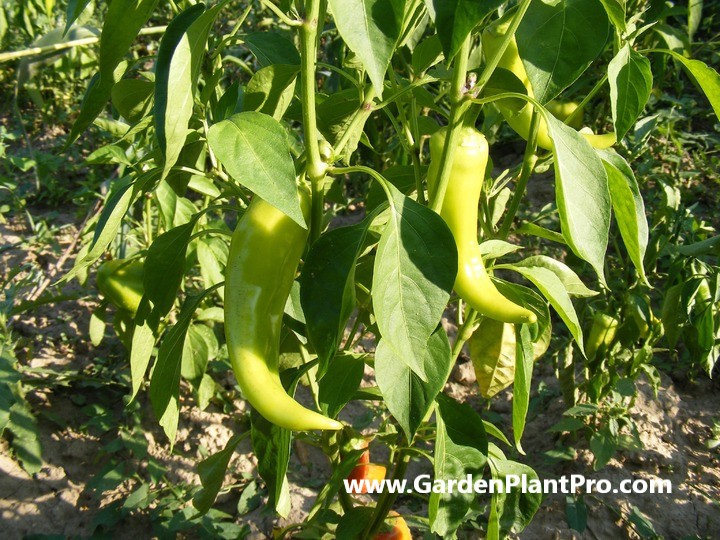
Watering & Fertilizing
Watering and fertilizing are two important elements of growing chilli peppers. It is important to water the plants regularly, particularly during dry spells and during the flowering and fruiting stages. The frequency of watering can vary depending on the variety and the weather, but it’s generally recommended to water chilli plants twice or three times a week.
When it comes to fertilizing, a good 5-10-10 fertilizer is usually sufficient for most chilli varieties. Cal-Mag or bonemeal can also be applied following the instructions on the label, with Cal-Mag typically added to water and bonemeal mixed into the top soil.
If you prefer to use natural fertilisers in your garden, you might also use mature compost or well-rotted manure. During flowering and fruiting, it is also good to add some extra fertilizer, such as tomato fertilizers which work well for chili pepper plants.
If you’re planting in ground, rake the fertilizer into the soil. For potted plants, use a water-soluble fertilizer that can be easily absorbed by the roots. Make sure not to overfertilize, as this can lead to excessive leaf growth and reduce fruit production.
When & How To Harvest
Once the plants have been established, you can begin to harvest your chilli peppers.
The fruit should be ready for harvesting from mid-summer and into autumn. When the chilli peppers are ripe, cut them from the plant with a sharp knife or scissors, taking care not to damage the stems or surrounding foliage. The fruits can be left to ripen further on the plant, or harvested when they are still green and allowed to ripen on a warm windowsill indoors.
When picking chillies, wear gloves as some varieties can be quite hot. If you’re harvesting multiple plants, it’s best to label each variety, as this will help with storage and preservation. Store the fruits in a cool dry place away from direct sunlight and check them regularly for signs of mould or rot.
If you’re growing chillies for culinary use, there are many different methods of preserving them including drying, pickling, freezing and making sauces. Alternatively you can use them fresh in a variety of dishes such as salsas, sauces, salads and curries.
Storing & Preserving
Storing and preserving chilli peppers is a great way to enjoy them all year round. There are several ways to go about it, depending on the type of pepper and your desired outcome. For example, some peppers can be dried, frozen, or canned for later use.
Drying is a great way to store chilli peppers. To do this, simply hang the chilli peppers in a well-ventilated area, such as a garage or shed. Once dry, the peppers can be stored in an airtight container and used for seasoning dishes or making sauces.
Freezing is another option for preserving chilli peppers. Simply cut the peppers into strips and place them in an airtight container or freezer bag before placing them in the freezer. This will allow you to enjoy fresh-tasting chilli peppers all year long.
Canned chilli peppers are also an option. To do this, simply process the peppers in a pressure canner according to the manufacturer’s instructions. Once canned, store them in a cool, dark place and use within one year for best results.
No matter which method you choose, properly storing and preserving your chilli pepper crop will ensure that you can enjoy them all year round. Be sure to follow all safety precautions when drying, freezing or canning your chillies for best results.
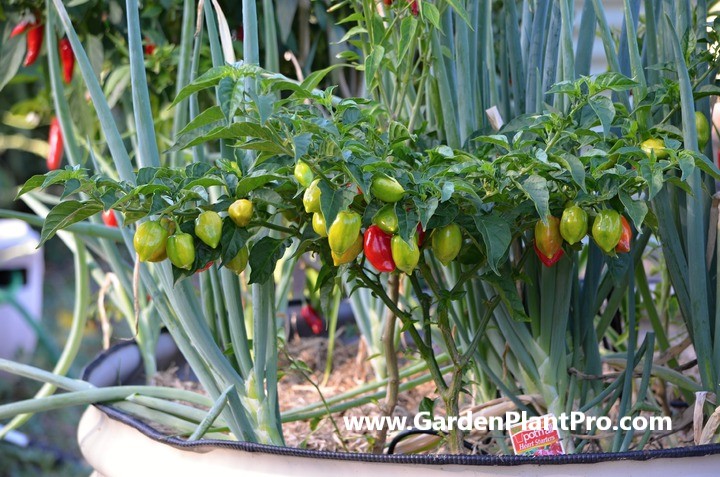
Common Diseases & How To Control Them
Common diseases can be a major problem when growing chilli peppers. Here are a few of the more common types that can impact chilli peppers and how to deal with them…
Bacterial Leaf Spot
Bacterial leaf spot is a serious bacterial disease, which is spread through seeds, plants, and water. It is important to remove any damaged plant parts before the infection spreads. Any infected areas should be cut into healthy tissue and the infected debris should be cleared away. In greenhouses, reduce humidity by providing adequate ventilation and avoid overhead irrigation to help prevent bacterial leaf spot from spreading.
CASE STUDY: We've been living off the grid for the last 40 years...
In all that time an electric wire has never been connected to our house. We haven’t gotten or paid an electricity bill in over 40 years, but we have all the electricity we want. We grow everything we need, here, in our small backyard. We also have a small medicinal garden for tough times. Read More Here...
Downy Mildew
Downy mildew is another common disease that affects chilli pepper plants. This fungus thrives in high humidity and temperatures between 70-75°F (21-24°C). It often appears as yellow spots on top of the leaves, while the underneath is covered in a grey-white fuzz. To prevent downy mildew from occurring, try planting resistant varieties or use mulch to keep the soil moist and reduce humidity.
Fusarium Wilt
Fusarium wilt is a fungal infection that usually affects chilli plants in warm and humid climates. The symptoms are wilted leaves and stunted growth, so it’s important to check your plants regularly for any signs of this disease. To control fusarium wilt, ensure your soil has good drainage and rotate your crops from year to year. If you’re growing chilli peppers indoors, make sure to give them plenty of air circulation and avoid overcrowding your plants.
Blight
Finally, blight is another common disease that can affect chilli pepper plants. Blight often appears as black or brown spots on the stem and leaves of the plant. To reduce the chance of blight occurring, water your plants at ground level rather than overhead and use drip or soaker irrigation instead of sprinklers or hoses. Keep your garden free of weeds, as they can harbour blight spores, and make sure to clean up any fallen leaves or debris which may contain infected material.
Common Pests & How To Control Them
Chili peppers can be susceptible to attack from various pests, including aphids, whiteflies, spider mites, and thrips. These pests can cause damage by sucking the sap from the stems and leaves, resulting in wilting and stunted growth.
It is important to be vigilant in monitoring for these pests and taking action to control them.
The best way to identify pest infestations is through regular scouting of the plants. Sticky traps placed near the tops of the plants can help detect pests early on.
If an infestation is found, it is important to take steps to control it quickly before it becomes too severe. Spraying the plants with a very diluted soap solution (about one teaspoon of liquid pure soap per gallon of water) can help reduce pest populations. Insecticidal soap made from potassium fatty acids can also be used; this causes insects’ cell-structures to dissolve, killing them instantly.
In addition to controlling pests, it is important to take preventative measures that discourage their presence in the garden. Mulching around the plants can help reduce pest populations by providing an inhospitable habitat for them.
Drip or soaker irrigation is preferred over overhead irrigation as this reduces humidity levels which are attractive to many insect pests. Plants should also be watered evenly and not allowed to dry out; this will reduce stress on the plants which makes them more susceptible to attack.
Beneficial Companion Plants
When it comes to growing chilli peppers, companion planting can be extremely beneficial. This is because companion plants can provide the ideal environment for chilli peppers to thrive and protect them from pests and disease. Here are some of the best companion plants for chilli peppers:
Marjoram and Oregano: Dense, low-growing herbs like marjoram and oregano create a moist soil environment that helps keep the soil around your chilli peppers moist.
Dill, Parsley, Basil, Rosemary, Marjoram, Petunias and Marigolds: All of these herbs and flowers are great companions for chilli peppers as they help to repel pests.
Nasturtiums: These bright flowers are also effective at repelling pests such as aphids and whiteflies.
Tomatoes: Planting tomatoes alongside chilli peppers can help deter soil nematodes and beetles.
Carrots, Cucumbers, Radishes, Squash, Onions and Garlic: All of these vegetables do well when planted in close proximity to chilli peppers.
By taking the time to choose the right companion plants for your chilli peppers you can ensure that you have a healthy and thriving crop this season.
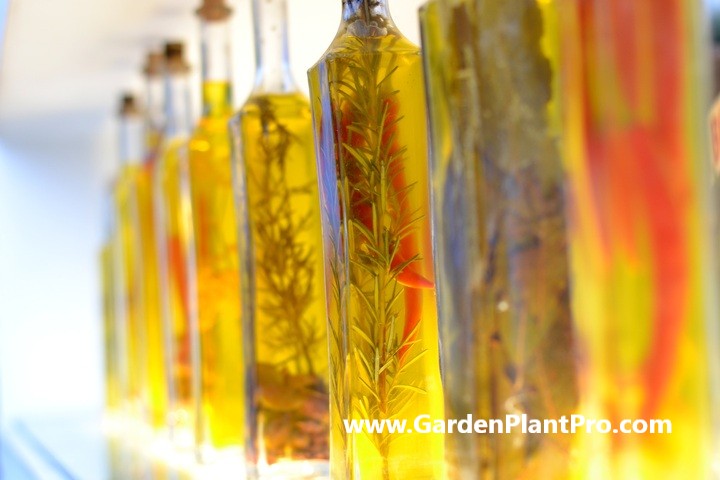
Using Your Chilli Peppers
Once your chilli peppers have been harvested, it is time to put them to use.
Depending on the variety, they can be used fresh, dried, or pickled.
Fresh chilli peppers can be used in a variety of recipes, from salads to sauces. To use fresh chilli peppers in cooking, it is best to remove the seeds first as they contain the highest concentration of capsaicin, the compound responsible for the pepper’s heat.
Chilli peppers can also be dried for use in dishes like chili con carne and soups. To dry chilli peppers, simply hang them in a warm, dry place until they are completely dry and brittle. Once dried, they can be ground into a fine powder and stored in an airtight container in a cool, dry place.
Pickling chilli peppers is another great way to preserve them for later use. To pickle chilli peppers, simply combine them with vinegar and spices such as garlic and oregano and simmer for 15-20 minutes. Once cooled, the pickled peppers can be stored in the refrigerator for up to two weeks.
No matter how you choose to use your freshly harvested chilli peppers, there is no denying that they will bring a delicious flavor and heat to any dish.


